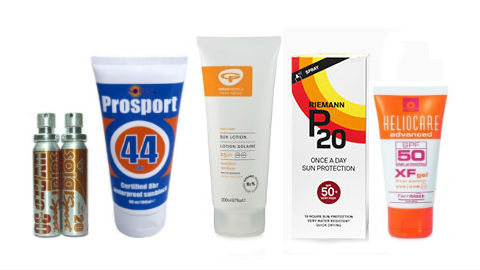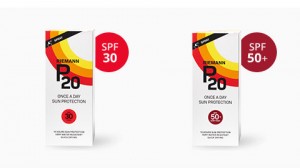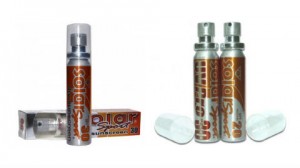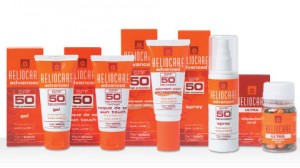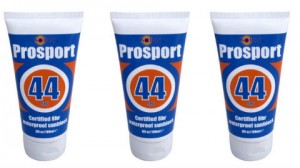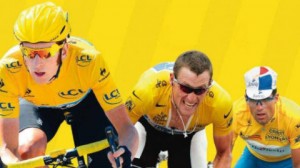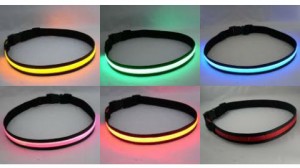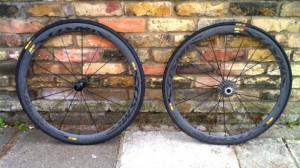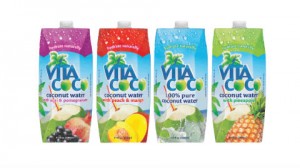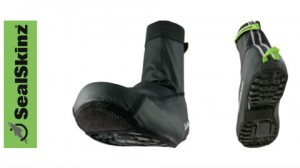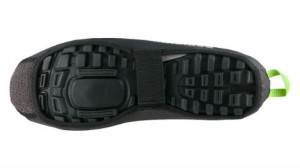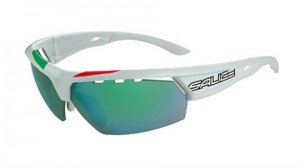To quote Buddy Holly, ‘The sun is out, the sky is blue’, and to paraphrase the next line, ‘but exposure to sun increases the risks of certain cancers.’ Stark, but true. And Lyrca-clad riders, recreational and commuter cyclists are at just as much risk as others that take to the great outdoors, even on relatively overcast days. With this in mind Cyclo took a look at a range of sun creams for cyclist to bring you our recommendations on the best protection available.
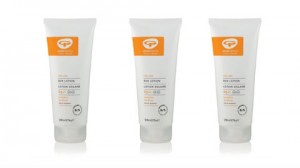 Green People Scent Free Sun Lotion
Green People Scent Free Sun Lotion
Established in 1997, Green People are the leader in certified organic body care products and their Scent Free Sun Lotion utilises titanium dioxide, natural cinnamic acid and edelweiss extract to deliver 96% protection from UVB rays. Green tea – an excellent antioxidant – and rosemary extracts are supplemented with organic aloe vera to maintain skin hydration and just as importantly there are no parabens (widely used elsewhere as preservatives), alcohols, artificial perfumes or colours. The cream is relatively thick and does take some working in for good coverage and because the SPF (sun protection factor) is a medium strength 25 more than one application is likely to be needed on longer rides. Aside from the excellent natural credentials (82% of ingredients are also certified organic), we loved the degree of water – i.e. sweat – resistance that this lotion offered, particularly as it uses non-pore-clogging beeswax. Commendable ethics and a sun cream that worked well on test, the larger 200ml tube (£17.95) is a tad big for on-the-bike top ups, but both 50ml and trial-size (20ml) options are available at £9.95 and £5.00 respectively. For further details see greenpeople.co.uk
Once-a-day sun cream? Sounds too good to be true, but that’s what Riemann claim for their P20 range; what’s more it’s said to be good even after swimming –making it a potentially excellent choice for triathletes (which might explain why they are the ‘Official Sun Protection Supplier to British Triathlon’.) Available in SPF 15, 20, 30 and 50+ all but the 20 (a lotion) are clear sprays, which should be applied 15minutes before required to allow the protective layer to form and dry. The full range offers broad spectrum UVA and UVB protection and the coverage from the 50+ (spray) on test was excellent with quick absorption – the only downside being a slightly unpleasant smell, reminiscent of insect repellent, though that’s unlikely to put off sweaty cyclists surely? We found no need to reapply during our longest test ride – 4+hours in a scorching-for-UK 26degrees – and no feeling of sun-damage at the end of it. The 100ml bottles aren’t exactly pocket-perfect for the bike, but with such long lasting protection this is hardly an issue. P20 (100ml) has an RRP of £13.29 and the larger 200ml, £24.49. For further details see p20.co.uk
Good things come in small sizes, right? Certainly the case with the excellent Solarsport range served up in cycling jersey-appropriate 25ml pump sprays; UV protection in SPF 15, 20 and 30 options that goes on cleanly at the push of a button. Of course application to the face is still going to require a degree of digital dexterity, but broadly this is a solution that means no more messy hands from cream – or, perhaps more importantly on the bike, no more muck and grime rubbed in with the cream. Whilst this isn’t a waterproof option and the relatively low SPFs will require an application or two (we topped up twice on a long, hot ride) Solarsport is probably the perfect go-anywhere option for sportive riders. It’s non-greasy and can even be sprayed onto hair to protect the scalp should you choose to ride sans-helmet. Solarsport 25ml pump sprays carry an RRP of £4.99, which we think makes them pocket-friendly in more ways than one… For further details and online sales see solarsport.co.uk
UVA and UVB protection from a gel that brings something a little different to the table; the Heliocare range (and the Advanced Gel on test with Cyclo) uses ‘Fernblock’ technology, derived from Polypodium Leucotomos a fern found in tropical and subtropical regions of the Americas which has well documented and recognised benefits when it comes to holding off those harmful rays. Despite being called a gel, this looked and really rubbed in like any (relatively) thick cream – coverage was excellent and with a high SPF it did a more than credible job of keeping us sun-burn-free on the ride. Not especially sweat-resistant, we did find a slight sting with mid-ride ‘trickle down’, but nothing like the chemical smart from sun creams of old. The 50ml tube is good for jersey pockets and Cyclo certainly salutes the idea of protection from ferns… The Heliocare range prices start from £21.00 and are available from leading clinics nationwide; for further details see aestheticare.co.uk
Whilst most sun creams opt for the conventional multiples of five for their SPF ratings, Cyclo can’t help but admire ProSport for going off-piste with their SPF 44 (15 and 35 is also available for traditionalists.) Of course there’s more to recommend then just a wayward sun factor; ProSport 44 promises – and as far as our tests went, delivers – 8hours of protection and the thin cream rubs in fast and thoroughly, it didn’t feel greasy and had the pleasant smell of summers-past. With UVA and UVB filters, this cream has forged its reputation at Ironman Hawaii and it’s easy to see why. It remained sweat-proof, but didn’t feel like it was clogging up the skin and it had the added advantage of feeling dry to the touch after application so we didn’t end up looking like flypaper. Paraben (preservative) and oil-free, the 180ml tube retails at £17.99 and, whilst it should easily last you a full day in the saddle, single-application 7.5ml sachets are available at £2.99 for slipping into the pocket or saddle post bag. For further details see prosportsunscreen.co.uk
